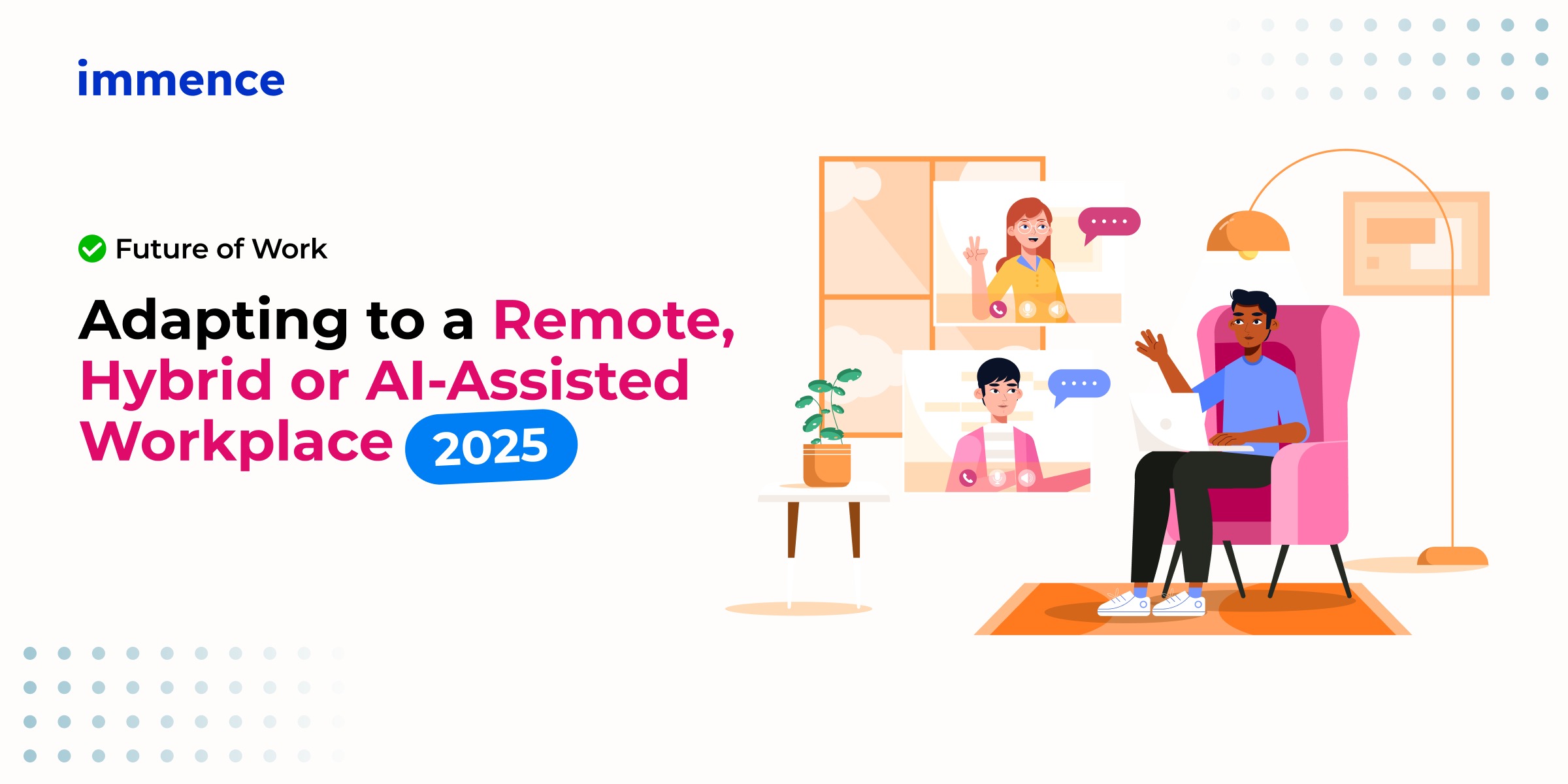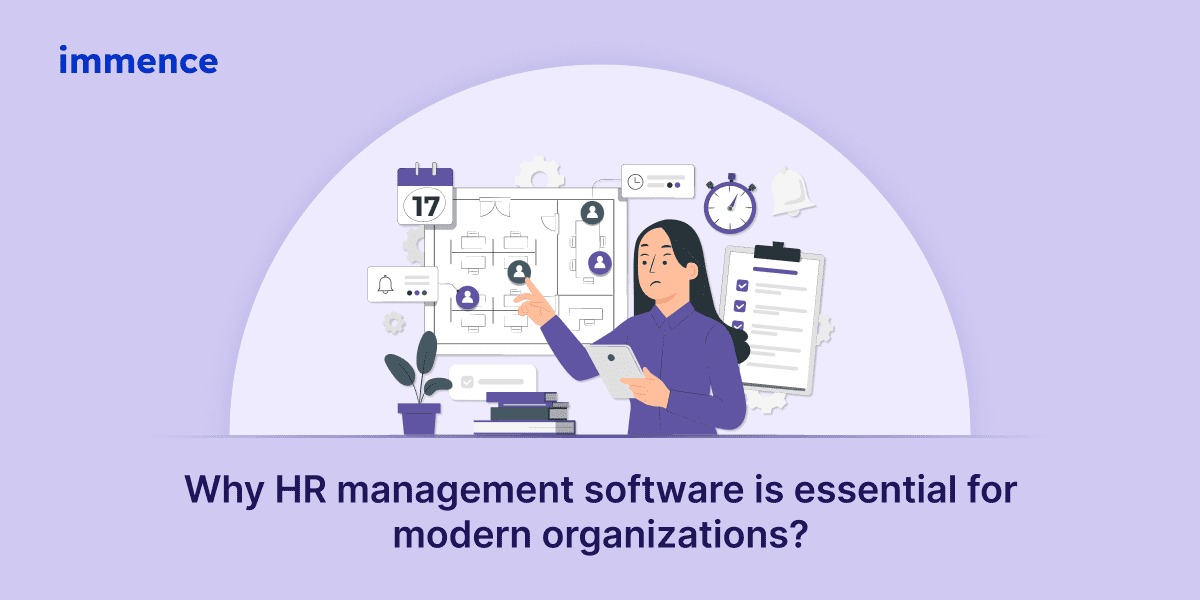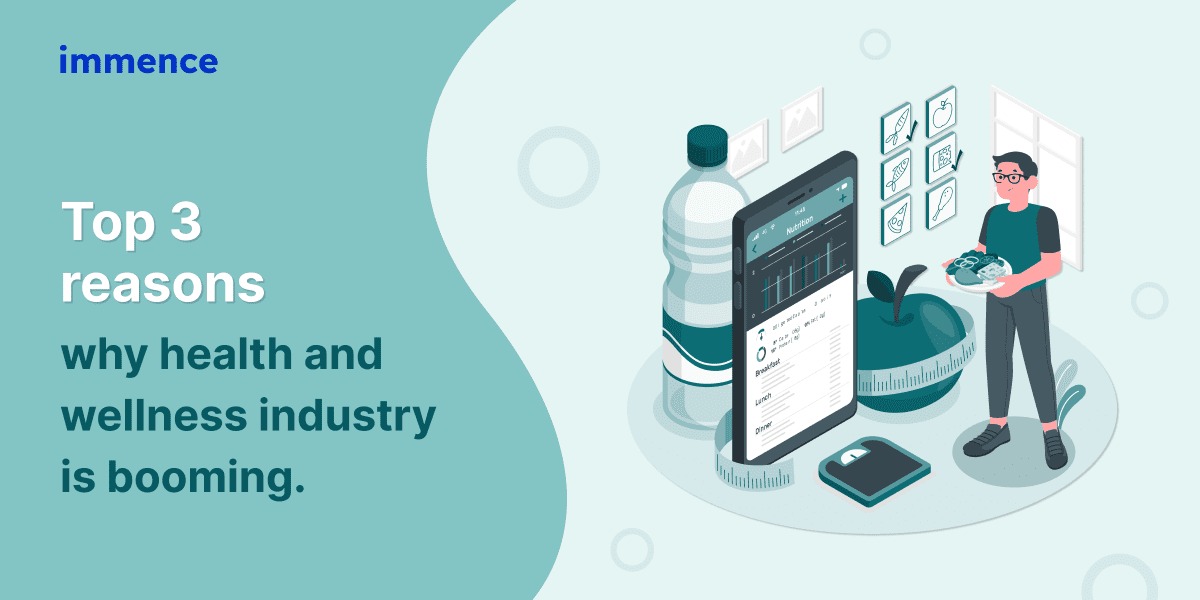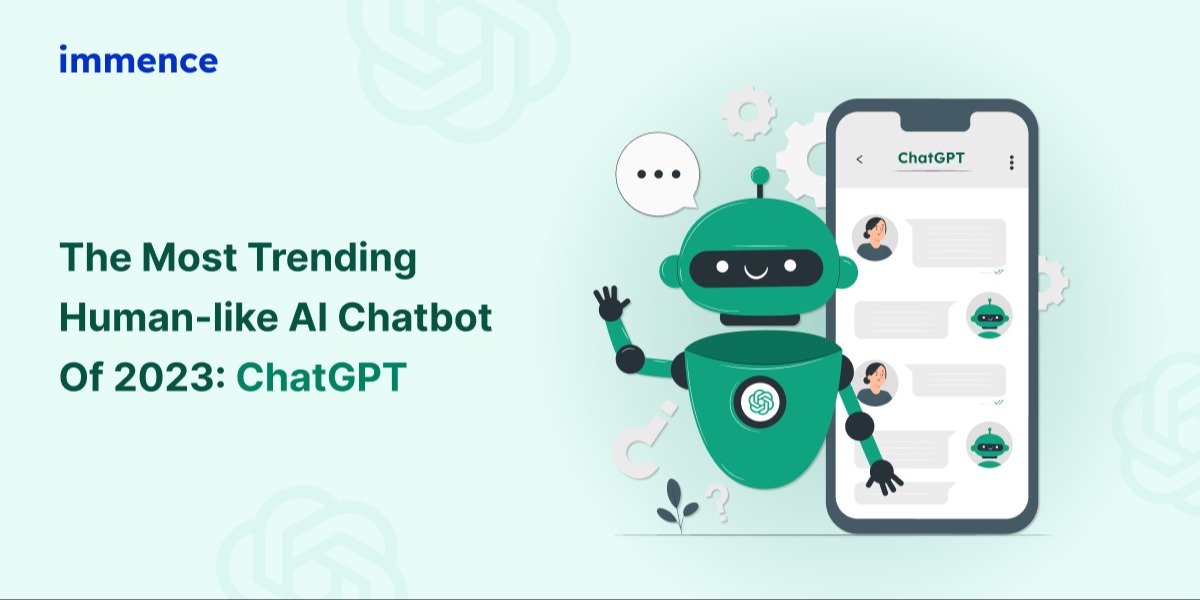Future of Work: Adapting to a Remote, Hybrid or AI-Assisted Workplace 2025

As the dust settles from the rapid changes brought about by the global pandemic, the workplace has become a melting pot of innovation and adaptation. The way we work has undergone a seismic shift, moving beyond the confines of traditional office spaces to embrace more flexible and technology-driven approaches. Remote work and hybrid models have become integral to how businesses operate, while AI-assisted workflows are increasingly shaping decision-making and efficiency. These transformations are redefining organizational culture and reshaping employee expectations.
This guide explores the evolution of work models, examining the advantages, challenges, and potential of these new approaches. By understanding these paradigms, businesses can navigate the complexities of the modern workplace and unlock the full potential of their workforce. Whether you’re an employee wondering how these changes will affect your career or an organization seeking to stay ahead in a competitive landscape, this blog offers insights into how to thrive in the ever-changing world of work.
1. The Rise of Remote Work
Remote Work, once a perk for select industries, became a global necessity during the COVID-19 pandemic. Its widespread adoption reshaped business operations and redefined the modern workplace.
1.1. How Remote Work Changed Business Operations
The pandemic acted as a catalyst for remote work adoption. Companies had to quickly pivot to virtual environments, leveraging tools like Zoom, Microsoft Teams, and Slack to maintain communication and productivity. Industries that were previously skeptical about remote work, like finance, education, and healthcare, embraced digital transformation.
For instance, telehealth services surged, with patients and doctors connecting via video calls, demonstrating the feasibility of remote operations. Moreover, businesses that digitized workflows, like e-commerce platforms, saw exponential growth, underscoring the importance of adaptable business models.
1.2. Advantages of Remote Work
- Increased Flexibility: Employees can work from anywhere, leading to better work-life balance and increased autonomy. A survey by Buffer found that 98% of remote workers wish to continue working remotely, at least part-time.
- Cost Savings: Organizations save on office space and utilities, while employees cut commuting costs and save time. For example, Twitter’s permanent work-from-home policy reflects its commitment to cost efficiency and employee satisfaction.
- Access to Global Talent: Companies can hire skilled professionals regardless of geographic location. For example, GitLab operates with a fully remote workforce spread across multiple continents, enabling them to tap into a diverse talent pool.
1.3. Challenges of Remote Work
- Communication Barriers: Although digital communication tools have improved, remote work still often results in misunderstandings and challenges in effective collaboration.
- Isolation and Mental Health: Feelings of isolation are common among remote workers, which can negatively impact their mental health and overall job satisfaction.
- Diminished Company Culture: Maintaining and nurturing company culture can be difficult in a fully remote setup. In-person interactions play a vital role in building stronger relationships and fostering a sense of community that is harder to achieve virtually.
- Performance Tracking: Tracking employee performance in a remote work environment can be more complex, potentially leading to issues with accountability and productivity.
2. The Emergence of the Hybrid Work Model
As the world adapted to the realities of remote work, the hybrid model emerged as a middle ground, blending in-office and remote work to create a more flexible and inclusive work environment.
2.1. Hybrid Work as a Balance
The hybrid work model has emerged as a popular alternative to fully remote or fully in-office setups. By blending both approaches, it offers the flexibility of remote work while maintaining the social advantages of on-site collaboration. In this model, employees can decide when to work from home and when to visit the office, promoting greater productivity and job satisfaction.
2.2. The Benefits of Hybrid Work
- Flexibility: Hybrid work provides employees with the freedom to choose between working from home or the office, enabling them to tailor their work environment to suit their tasks or personal preferences.
- Work-Life Balance: By combining remote work with office days, hybrid work supports improved work-life balance. Employees can save time on commuting while still enjoying the benefits of social interactions and collaboration in the workplace.
- Enhanced Collaboration: Office days can be strategically used for collaborative tasks, such as brainstorming sessions, team-building activities, and project discussions, fostering stronger team connections and creativity.
- Reduced Overhead Costs: Hybrid work models minimize the need for extensive office space, helping businesses save on real estate and operational expenses while still providing employees with on-site work options when required.
2.3. Challenges of Hybrid Work
- Complex Coordination: Managing schedules and ensuring that team members are available for collaboration can be challenging in a hybrid environment.
- Inequality Risks: Remote employees may feel excluded from opportunities or decision-making processes, potentially impacting their career growth.
- Technology Dependency: Seamless hybrid operations require robust digital infrastructure, which can be costly and time-consuming to implement. Organizations must also ensure cybersecurity measures are in place.
3. The Role of AI in Shaping Future Work
Artificial Intelligence (AI) is not merely a trend, but a powerful agent transforming the way work is performed. By driving automation and enhancing decision-making, AI is redefining the modern workplace.
3.1. How AI is Transforming the Workplace
AI is becoming a key force in the workplace, revolutionizing how tasks are completed and introducing innovative tools to enhance human capabilities. By automating routine tasks and delivering predictive insights, AI is reshaping numerous job roles. It is also improving remote and hybrid work environments through advanced collaboration tools, productivity monitoring, and tailored employee experiences. Leveraging AI in the workplace boosts efficiency, freeing employees to concentrate on complex tasks that demand creativity and critical thinking.
3.2. Benefits of AI-Assisted Work
- Automation of Routine Tasks: AI can take over repetitive tasks, freeing up employees to focus on more impactful work that involves critical thinking and creativity.
- Enhanced Decision-Making: AI can rapidly process vast amounts of data, providing valuable insights that support well-informed decision-making, whether it's about customer trends or operational improvements.
- Personalized Employee Support: AI can deliver tailored support and training, helping employees acquire new skills or transition into new roles. Virtual assistants and chatbots can also respond to inquiries and provide essential information, improving efficiency and productivity.
- Improved Collaboration Tools: AI can streamline workflows and enhance team collaboration. Smart scheduling tools can identify the best meeting times, while virtual workspaces enable more effective teamwork and communication online.
3.3. Challenges of AI-Assisted Work
- Privacy and Security: The ability of AI to monitor and analyze behavior raises concerns about employee privacy. If sensitive data is not adequately protected, there is a risk of exposure.
- Bias and Ethics: AI systems may inherit biases from the data they are trained on, potentially leading to unfair outcomes. It is essential to ensure that AI systems are developed and deployed with transparency, ethics, and fairness in mind.
- Job Displacement: As AI continues to automate tasks, certain jobs may become obsolete, causing anxiety about job displacement. Preparing the workforce for these shifts is vital to minimize the negative impact on employment.
- Reliance on Technology: Overdependence on AI tools may reduce reliance on human judgment and intuition, particularly in fields that require emotional intelligence and interpersonal skills.
4. The Future of Work: Integrating Remote, Hybrid, and AI-Assisted Models
The future of work is expected to blend remote, hybrid, and AI-assisted models, enabling organizations to harness the benefits of each approach. Companies will need to strike the right balance based on their specific needs, fostering a work environment that enhances productivity, innovation, and employee well-being.
Here’s how these three models could coexist and support one another in the future:
4.1. Adaptive Work Models
- Flexible Scheduling: Companies may implement flexible scheduling systems that blend remote, hybrid, and AI-supported models, adapting to the specific needs of tasks or projects. For example, in-person meetings may be held for creative brainstorming, while routine activities are carried out remotely with AI-driven assistance.
- Personalized Work Experiences: AI can enhance work experiences by analyzing individual employee preferences, performance, and workloads. AI-powered scheduling tools can design personalized workdays, optimizing the balance between remote and in-office work according to each employee's productivity patterns.
- AI-Enhanced Remote Collaboration: With remote work becoming a permanent fixture in many organizations, AI-enhanced collaboration platforms will facilitate effective communication for virtual teams. Virtual reality (VR) and augmented reality (AR) may provide immersive, shared workspaces that allow teams to collaborate as if physically present in the same location.
4.2. Rethinking Workspaces
- On-Demand Workspaces: The future could see the emergence of on-demand workspaces, where employees can reserve a desk or office space when needed. This approach would reduce the demand for large office buildings while offering employees greater flexibility.
- Smart Offices: AI has the potential to turn traditional office spaces into intelligent environments that adjust automatically to optimize lighting, temperature, and layout based on the preferences and needs of employees, leading to enhanced comfort and productivity.
- Centralized Hubs for Innovation: Many organizations may shift their office spaces to serve as centralized hubs for innovation, training, and team-building rather than routine operations. These hubs would cater to both remote and hybrid workers, creating a collaborative community atmosphere.
4.3. Skill Development and Workforce Resilience
The integration of AI, remote, and hybrid work models requires a workforce that is adaptable, resilient, and continuously learning.
- Upskilling and Reskilling: As AI reshapes job roles and tasks, organizations must prioritize upskilling and reskilling efforts to equip employees with the necessary skills for evolving responsibilities. Training initiatives will focus on enhancing AI literacy, mastering digital collaboration platforms, and building expertise in specialized technical areas.
- Emphasis on Soft Skills: While technical proficiency remains crucial, the value of soft skills like communication, critical thinking, and flexibility will increase in a hybrid work setting. Employees who can manage remote work challenges and adapt to AI advancements will have a competitive edge.
- Focus on Well-being and Balance: In a world where work is increasingly flexible, companies must pay special attention to the well-being of their employees. This includes offering mental health support, establishing clear boundaries for remote work, and ensuring AI technologies serve to enhance—not monitor employee performance.
The future of work involves a dynamic interaction between AI-assisted, remote, and hybrid models. The secret to success is careful integration and flexibility, even though each strategy has its advantages. Employers need to put their workers' health first, promote an inclusive workplace, and use technology sensibly. Workplaces should grow more tech-driven, flexible, and collaborative over the course of the next decade.
Organizations can thrive in this changing environment and create a future of work that is both inventive and human-centered by embracing change and investing in people. The path to this future holds both difficulties and unmatched chances for development and change for businesses and employees.
Wherever work takes you—remote, hybrid, or AI-powered—we're here to support your journey. Explore your next career move on our Careers Page.


